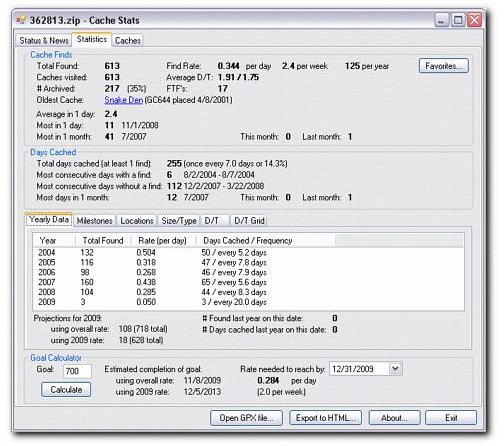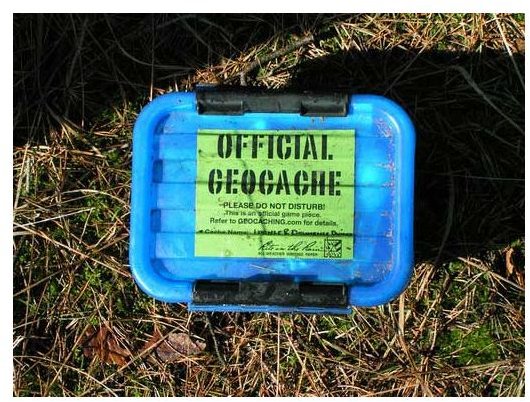What Are Geocaching Statistics Used For and How Are They Determined?
Geocaching is becoming more popular each day with geocaches being established on a constant basis. Increasingly more people are also getting into the GPS treasure hunting activity as a form of sport or hobby. With the increasing number of geocachers all over the world, it is very practical for geocaching statistics to be generated and curated for analysis purposes. It is also a good way of getting a wide view of the current state of the hobby as it pertains to the number of users and the different kinds of items included in different kinds of geocaches.
Active Geocaches
Statistics on the number of active geocaches around the world shows you how many are currently being found and used by geocachers. These statistics can be broken down into countries, showing that most of the active caches are in the United States and Germany. These two countries host about 87% of the world’s active geocaches, which in turn tells us that if you really want to get into the hobby, exploring these two countries is a good way to start. All continents now have active geocaches. There is no limit to the places you can find geocaching gifts and fun items.
Generating Statistics


Whether you need to keep track of your activities or simply want to flaunt them to other enthusiasts, present your geocaching data in a neat and understandable manner. Displaying statistics requires an organized set of data. To generate statistics of your geocaching activities, you can use specially made software applications for generating geocaching statistics.
There are free software applications that you can download online such as GSBuilder and CacheStats. GSBuilder lets you generate statistics such as number of finds, average finds, most number of finds in one day, your best week, month, year and more. CacheStats lets you generate your longest streaks, your average find rate and the number of caches you have. You can create custom categories to organize your logs, as well. It is up to you which of software you select, but be sure to choose a program that is easy to use and straightforward because all you need to do is generate data.
Presenting Statistics
Since statistics often come in text format, you can display them almost anywhere online or offline. The easiest and best way to present your statistics is on free geocaching websites where other geocachers can view your profile and statistics. In turn, you can also view their statistics and compare. You can even get some insight on the caches you want to track and find. You can also present your statistics on your personal websites or blogs, as well as social networking profiles. You can apply graphic design to make your data attractive, but make sure that they are easy to view.
Conclusion
Geocaching statistics help you keep track of your progress as well as the overall state of the hobby all around the world. It can provide you with inspiration to do more with the hobby and you may even inspire other people to get into it after they have seen your statistics.
References
Brillig, https://www.brillig.com/geocaching/statistics.shtml
GS Builder, https://software.macek.cc/GSBuilder.php
Logic Weave, https://www.logicweave.com/cachestats.html
Image Credits
Geocache - Wikimedia Commons; GNU Free Documentation License / Supplied by Solitude
CacheStats - Logicweav Software
GS Builder - Macek.cc
